De Quervain’s Tenosynovitis is a common condition causing pain and inflammation near the thumb and wrist. This guide provides effective exercises to alleviate symptoms, improve mobility, and promote recovery.

Understanding De Quervain’s Tenosynovitis
De Quervain’s Tenosynovitis is a condition causing pain and inflammation near the thumb and wrist due to swelling in the tendons and their sheaths, often from repetitive movements.
What is De Quervain’s Tenosynovitis?
De Quervain’s Tenosynovitis is a condition characterized by inflammation and swelling of the tendons and their surrounding sheaths on the thumb side of the wrist. It occurs when the tendons, which normally glide smoothly within their sheaths, become irritated due to repetitive movements or overuse. This leads to friction and swelling, causing pain and limited mobility. The condition is common among individuals who frequently use their thumbs and wrists, such as gamers, musicians, or those with repetitive job tasks. If left untreated, it can worsen, making everyday activities challenging. Proper diagnosis and treatment, including specific exercises, are essential for managing symptoms and restoring function. Early intervention can prevent further complications and promote a full recovery.
Symptoms of De Quervain’s Tenosynovitis
De Quervain’s Tenosynovitis typically presents with pain and swelling on the thumb side of the wrist, near the base of the thumb. Individuals may experience tenderness, redness, and warmth in the affected area. Pain often worsens with thumb or wrist movement, such as gripping, twisting, or lifting objects. Limited mobility and stiffness in the thumb or wrist are common, making everyday activities challenging. Some patients may also notice a “catching” or “snapping” sensation when moving the thumb, known as crepitus. In severe cases, swelling and discomfort can extend into the forearm. These symptoms can significantly impact daily tasks and may lead to difficulty performing activities that involve the thumb or wrist. Early recognition of these symptoms is crucial for timely intervention and effective management of the condition. Proper diagnosis and treatment can help alleviate discomfort and restore normal function.
Diagnosis of De Quervain’s Tenosynovitis
Diagnosis typically begins with a physical examination to assess pain, swelling, and tenderness on the thumb side of the wrist. The Finkelstein test is commonly used, where the patient tucks their thumb into their palm, bends the wrist toward the little finger, and pain is noted. Tenderness and swelling near the base of the thumb are key indicators. Redness and warmth in the area may also be present. In some cases, imaging like MRI or ultrasound may be recommended to confirm the diagnosis or rule out other conditions. A thorough medical history is taken to identify repetitive hand or thumb activities that may have contributed to the condition. Early and accurate diagnosis is essential for effective treatment and preventing further complications. Proper evaluation ensures appropriate management strategies are implemented.
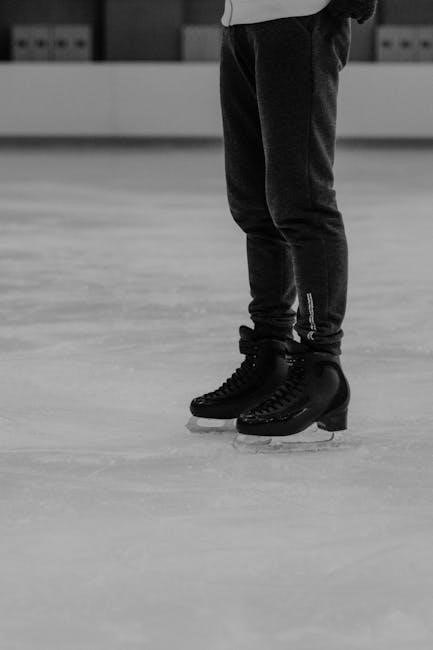

Treatment Options for De Quervain’s Tenosynovitis
Treatment often includes rest, splinting, ice therapy, and corticosteroid injections to reduce inflammation. Physical therapy and exercises are also recommended to restore strength and mobility.
Rest and activity modification are crucial in managing De Quervain’s Tenosynovitis. Avoid repetitive thumb or wrist movements that exacerbate pain. Use ergonomic adjustments to reduce strain during daily tasks. Splinting can help immobilize the area, allowing tendons to heal. Patients are advised to avoid heavy lifting or gripping activities. Gentle stretches can be introduced once pain subsides, but overexertion must be avoided. Modifying activities ensures the tendons are not further irritated, promoting recovery. Proper rest and activity adjustments lay the foundation for effective rehabilitation and prevent recurrence. Ice therapy is a highly recommended treatment for De Quervain’s Tenosynovitis to reduce inflammation and alleviate pain. Apply an ice pack wrapped in a cloth to the affected area for 10-15 minutes, 2-3 times daily. This helps constrict blood vessels, minimizing swelling and discomfort. Always avoid placing ice directly on the skin to prevent tissue damage. Ice therapy is most effective during the acute phase of the condition, as it helps control symptoms and promotes healing. Consistent use can significantly reduce pain and stiffness, making it easier to perform daily activities and prescribed exercises. For convenience, a cold compress or even a bag of frozen peas wrapped in a towel can serve as an alternative. Regular icing sessions are a simple yet effective way to manage symptoms and support recovery. Splinting is a crucial component in managing De Quervain’s Tenosynovitis, as it immobilizes the affected tendons, allowing them to heal. A long thumb spica splint is commonly prescribed, extending from the forearm to the tip of the thumb. This type of splint restricts thumb movement, preventing further irritation and inflammation. Patients are often advised to wear the splint full-time during the initial healing phase, which typically lasts 2-4 weeks. Proper fitting is essential to avoid discomfort and ensure effectiveness. In some cases, a prefabricated thumb splint may be used as an alternative. Splinting helps reduce pain, especially during activities involving wrist or thumb motion. It also complements other treatments, such as rest and physical therapy, promoting a faster recovery. Consistent use of the splint is vital to achieve optimal results and prevent symptom recurrence. Physical therapy plays a vital role in the management of De Quervain’s Tenosynovitis, focusing on restoring function, reducing pain, and improving mobility. A tailored exercise program is designed to address the specific needs of the patient, often including gentle stretching exercises for the thumb and wrist, as well as strengthening exercises to enhance tendon stability. Manual therapy techniques, such as joint mobilization and soft tissue massage, may be incorporated to improve joint mobility and reduce tension in the affected tendons. Additionally, physical therapists may employ modalities like ice or heat therapy to further alleviate inflammation and discomfort. The goal of physical therapy is to gradually restore normal movement and strength, enabling patients to resume daily activities without discomfort. Regular participation in physical therapy sessions, combined with adherence to a home exercise program, is essential for achieving long-term recovery and preventing recurrence. Corticosteroid injections are a common and effective treatment for De Quervain’s Tenosynovitis, offering significant relief from pain and inflammation. These injections deliver a powerful anti-inflammatory medication directly into the affected tendon sheath, reducing swelling and alleviating discomfort. The procedure is typically performed in a clinical setting, with the injection guided by ultrasound for precision. Patients often experience rapid improvement, with symptoms subsiding within a few days. However, corticosteroid injections may cause temporary side effects, such as localized skin thinning or depigmentation at the injection site. While generally safe, repeated use of corticosteroids can weaken tendons over time, so they are usually limited to one or two injections. For severe cases unresponsive to other treatments, surgery may be recommended to release the tendon sheath and restore normal movement. This section outlines exercises to alleviate De Quervain’s symptoms, focusing on gentle stretches and strengthening movements. These exercises improve tendon mobility and reduce inflammation, promoting recovery. Gentle stretching exercises are essential for managing De Quervain’s Tenosynovitis, as they help reduce inflammation and improve tendon mobility. Start with a thumb stretch: hold your arm straight, bend your thumb toward your palm, and gently pull it downward with your other hand until you feel a stretch. Hold for 15-30 seconds and repeat 2-4 times. Another effective stretch is the wrist stretch: place your hand flat on a table, palm up, and gently bend your wrist upward with your other hand. Hold for 15-30 seconds and repeat 3-5 times. Additionally, perform an opposition stretch by touching your thumb to your little finger, holding for 6 seconds, and repeating 10 times. These exercises should be done slowly and within a pain-free range to avoid aggravating the condition. Regular practice can significantly improve flexibility and reduce discomfort. Strengthening exercises are crucial for rebuilding tendon and muscle strength in the thumb and wrist. Begin with isometric thumb exercises: place your hand flat on a table, palm down, and gently press your thumb against your index finger for 5 seconds. Repeat 10 times. Another effective exercise is wrist radial deviation: hold a light weight (less than 1 pound) in your hand, palm down, and slowly tilt your wrist upward, holding for 5 seconds. Repeat 8-10 times. Grip strengthening can be done using a stress ball or hand grip exerciser: squeeze gently for 5 seconds, then release. Perform 10-15 repetitions. Finally, try finger spring exercises: place a rubber band around your fingers and gently open your hand against the resistance. Repeat 10 times. These exercises should be done 2-3 times daily to gradually improve strength and function. Wrist exercises are essential for improving mobility and strength in individuals with De Quervain’s Tenosynovitis. Start with wrist stretches: hold your arm straight out in front of you, palm down. Use your other hand to gently pull your wrist back, stretching the forearm. Hold for 15-30 seconds and repeat 3-4 times. Next, perform wrist radial deviation: hold a light weight (less than 1 pound) in your hand, palm down, and tilt your wrist upward. Hold for 5 seconds, then lower slowly. Repeat 8-10 times. Finally, practice wrist flexion and extension: place your forearm on a table, palm up, and lift your wrist upward, then lower it back down. Do 10 repetitions. These exercises should be done 2-3 times daily to enhance wrist flexibility and reduce stiffness. Progress gradually to avoid overstraining the tendons. Thumb exercises are crucial for addressing De Quervain’s Tenosynovitis, focusing on improving mobility and reducing tendon inflammation. Begin with a thumb stretch: gently bend your thumb toward your palm and hold for 15-30 seconds. Repeat 3-4 times. Next, perform an opposition stretch: place your hand flat on a table, palm up, and touch your thumb to your little finger. Hold for 6 seconds and repeat 10 times. Additionally, practice thumb lifts: place your hand palm down on a table and lift your thumb away from the table while keeping the rest of your hand still. Hold for 5 seconds, then lower slowly. Do 8-10 repetitions. These exercises should be done 2-3 times daily, focusing on gentle movements to avoid aggravating the tendons. Progress gradually to ensure comfort and effectiveness. Advanced exercises for De Quervain’s Tenosynovitis focus on enhancing strength, flexibility, and functional movement once initial pain has subsided. One effective exercise is resistance thumb extension: use a therapy band or light weight to gently resist thumb movement while extending it away from the palm. Hold for 5 seconds, repeat 8-10 times. Another advanced option is wrist radial deviation strengthening: hold a light object or weight, bend your wrist upward, and move your thumb away from your forearm. Hold for 5 seconds, perform 8-10 repetitions. Additionally, incorporate wrist circles: rotate your wrist in both clockwise and counterclockwise directions for 5-10 repetitions. Finally, perform fist-to-palm stretches: clench your fist and then gently stretch your fingers back, holding for 15-30 seconds. These exercises improve tendon strength and joint mobility, aiding in full recovery and preventing recurrence. Always perform exercises with controlled movements and avoid pain. Rehabilitation focuses on restoring strength, flexibility, and mobility through structured exercises, splinting, and physical therapy, ensuring gradual recovery from De Quervain’s Tenosynovitis. Rehabilitation for De Quervain’s Tenosynovitis progresses through stages tailored to the severity of symptoms and patient progress. The initial stage focuses on pain management and inflammation reduction, often involving rest, icing, and splinting. Gentle stretching exercises are introduced to restore wrist and thumb mobility without exacerbating discomfort. The intermediate stage incorporates strengthening exercises, such as wrist radial deviation and grip strengthening, to improve tendon resilience. Advanced exercises aim to enhance functional movements, preparing the hand and wrist for daily activities. Throughout the process, physical therapy plays a crucial role in guiding patients through exercises and ensuring proper technique. The goal is to achieve full recovery, preventing future recurrence by gradually reintroducing normal activities and ergonomic adjustments. Consistency and adherence to the rehabilitation plan are essential for optimal outcomes and long-term relief from symptoms. A splint is a crucial tool in the rehabilitation process for De Quervain’s Tenosynovitis, providing immobilization and support to the thumb and wrist. By limiting excessive movement, the splint reduces friction and inflammation in the affected tendons, allowing them to heal. Typically, a long thumb spica splint is recommended, as it covers the thumb and wrist, ensuring proper alignment. Patients are advised to wear the splint during activities that may exacerbate symptoms, especially in the early stages of recovery. The splint also serves as a reminder to avoid repetitive motions that could hinder progress. While it may feel restrictive initially, consistent use of the splint significantly accelerates recovery and prevents further injury. Over time, as strength and mobility improve, the splint can be gradually phased out under medical guidance. Physical therapy plays a pivotal role in the rehabilitation of De Quervain’s Tenosynovitis, focusing on restoring function, strength, and mobility to the thumb and wrist. A therapist may employ manual techniques, such as radial glide of the wrist, to reduce tension on the tendons. Exercises like thumb abduction-adduction and gentle range-of-motion activities are often prescribed to improve flexibility and strength without causing inflammation. Additionally, modalities such as ice or heat therapy may be incorporated to manage pain and swelling. The therapist also educates patients on proper ergonomics and activity modification to prevent recurrence. Through structured exercises and hands-on care, physical therapy aims to enhance recovery, reduce pain, and restore normal hand and wrist function, ensuring patients can return to their daily activities seamlessly. Preventing recurrence involves activity modification, ergonomic adjustments, and avoiding repetitive thumb movements. Regular exercises and proper hand positioning reduce the risk of future inflammation and pain. Activity modification plays a crucial role in managing De Quervain’s Tenosynovitis. It involves identifying and avoiding repetitive tasks that strain the thumb and wrist, such as gripping or twisting motions. Patients are advised to take regular breaks during activities like typing, gaming, or sports to reduce tendon stress. Ergonomic adjustments, such as using properly sized tools or adjusting workspace setup, can also minimize strain. Avoiding overuse is key to preventing inflammation recurrence. By limiting activities that exacerbate symptoms and incorporating rest periods, individuals can promote healing and reduce the risk of future episodes. This proactive approach complements exercises and therapy, fostering long-term recovery and tendon health. Ergonomic adjustments are essential for preventing and managing De Quervain’s Tenosynovitis. These modifications focus on reducing strain on the thumb and wrist during daily activities. Properly sized tools and equipment can minimize repetitive stress, while ensuring a neutral wrist position during tasks helps avoid unnecessary bending or twisting. Adjusting workspace setups, such as keyboard and mouse placement, can also reduce tendon strain. Using ergonomic grips or handles on frequently used items can further alleviate pressure. Additionally, incorporating cushioning or supports in workspaces can reduce impact on the wrists. By making these adjustments, individuals can significantly lower the risk of overuse injuries and promote tendon health. Regularly reviewing and optimizing workspaces ensures long-term comfort and prevents recurrence of symptoms. If symptoms of De Quervain’s Tenosynovitis persist or worsen despite rest, ice, and ergonomic adjustments, it is crucial to consult a healthcare specialist. Severe pain or limited wrist and thumb mobility that interferes with daily activities warrants professional evaluation. A specialist, such as an orthopedist or physical therapist, can provide a detailed diagnosis and recommend advanced treatments like corticosteroid injections or physical therapy. If home exercises and splinting fail to improve symptoms, further intervention may be necessary. Early consultation can prevent long-term damage and ensure proper recovery. Additionally, if swelling, redness, or warmth around the wrist persists, seek medical advice to rule out complications. A specialist can tailor treatment plans to address specific needs and promote optimal healing. Managing De Quervain’s Tenosynovitis effectively requires a combination of rest, targeted exercises, and lifestyle adjustments. The exercises outlined in this guide, such as thumb stretches and wrist strengthening, can significantly reduce symptoms and improve functionality. Consistency in performing these exercises is key to achieving long-term relief. Additionally, incorporating ergonomic practices and avoiding repetitive strain can prevent recurrence. It is essential to seek professional guidance if symptoms persist or worsen, as advanced treatments like corticosteroid injections or physical therapy may be necessary. By adhering to a comprehensive rehabilitation plan, individuals can restore wrist and thumb mobility, reducing the risk of future complications. Early intervention and proper care ensure a successful recovery, allowing patients to resume their daily activities without discomfort.Rest and Activity Modification
Ice Therapy
Splinting
Physical Therapy
Corticosteroid Injections

Exercises for De Quervain’s Tenosynovitis
Gentle Stretching Exercises
Strengthening Exercises
Wrist Exercises
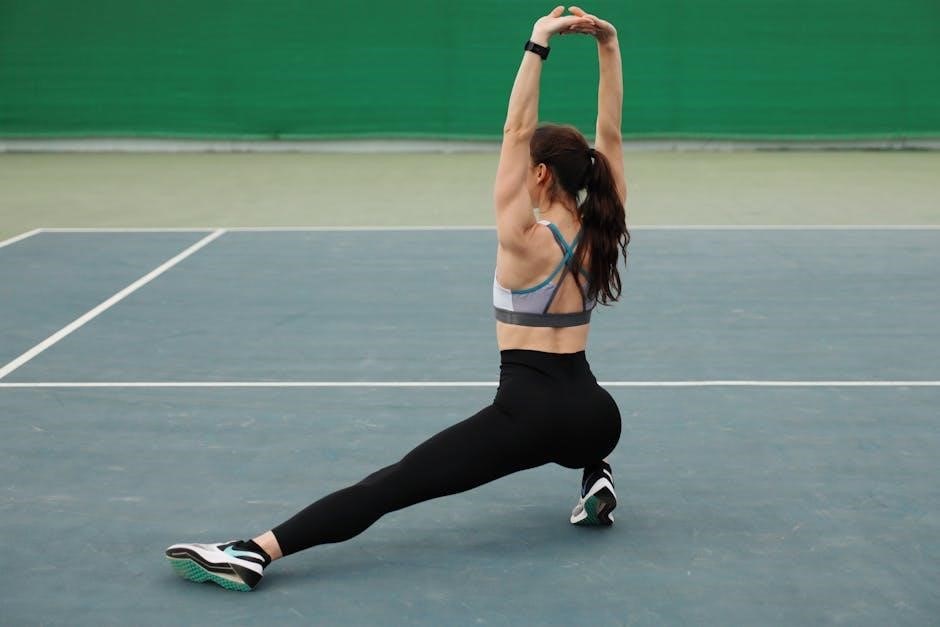
Thumb Exercises
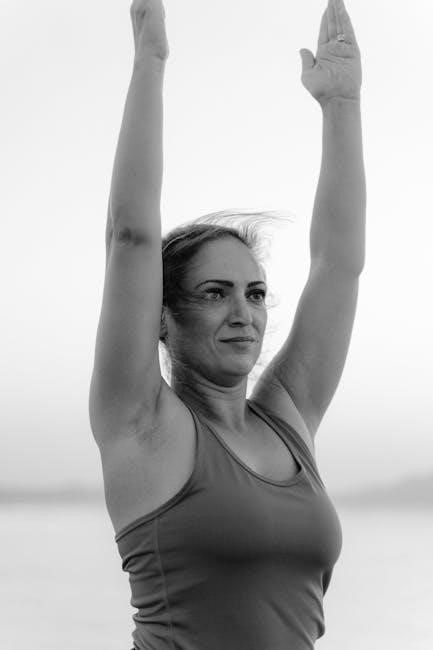
Advanced Exercises
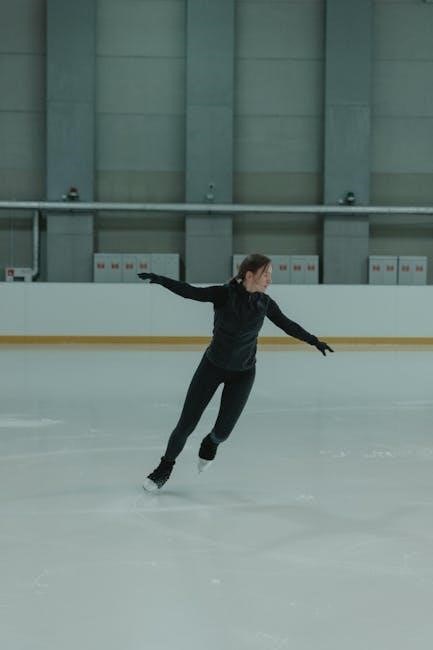
Rehabilitation Process
Stages of Rehabilitation
Use of Splint During Rehabilitation
Role of Physical Therapy in Rehabilitation

Preventing Recurrence
Activity Modification
Ergonomic Adjustments
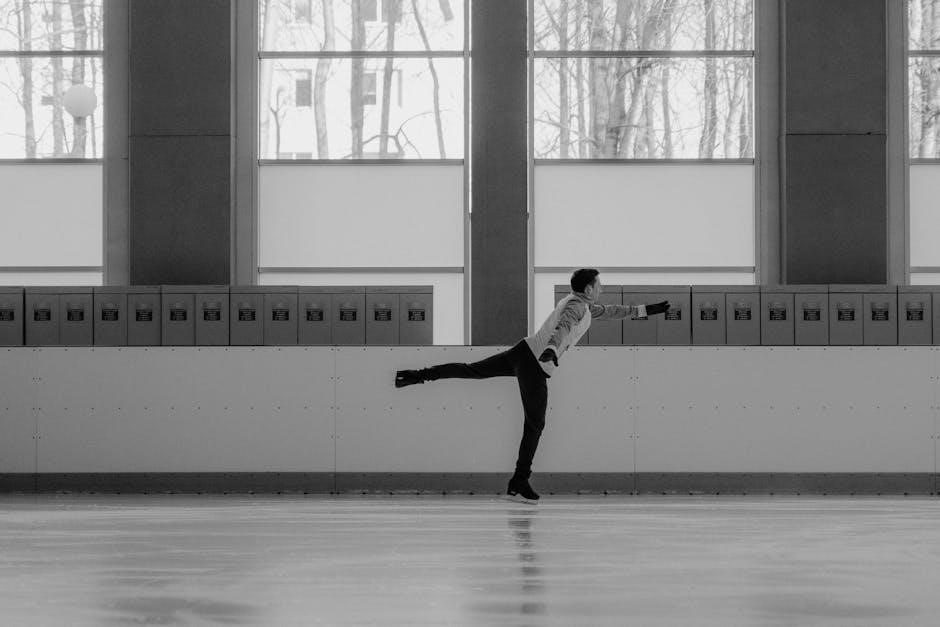
When to See a Specialist
